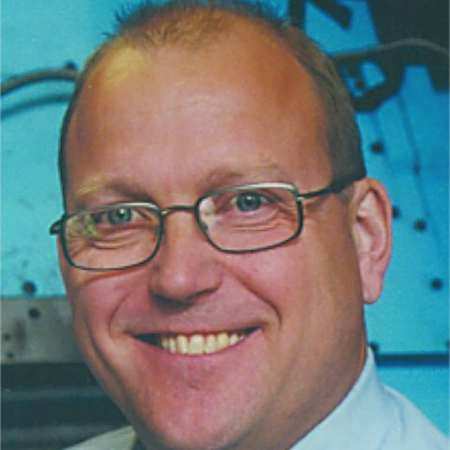Jan-Eric Ståhl

Project time: 2013 – 2016
Budget: 9 600 000 kronor
The project aims to develop the technologies required to competitive manufacture of products and components in lead-free copper alloys or high purity copper (OFC).
Little attention up to now has been directed at the dangers to health of the manual handling and manufacturing of components and products made by leaded materials. The addition of lead to material alloys can be carried out for a variety of different reasons, although the primary reason for adding it is to reduce the manufacturing costs of the component at different stages of its processing. Lead, which is ductile in character, lubricates the contact between the work material and the tools. Lead can also provide benefits for the functional properties of the material in bearing applications by improving tribological conditions and for this reason lead is normally added to bronzes. The technical advantages in manufacturing that are achieved through the addition of lead markedly reduce the costs of producing products. This is a major reason why the alloying both of brass and of various other metals, through adding lead to them, is still being permitted. With the use of current technologies, there is an expected increase in manufacturing costs of about 30 – 40 % if lead is replaced. Academic research within this area has been affected very much by the immediate needs of industry. Since use of lead-alloyed materials for manufacturing purposes is permitted and has considerable advantages and it is solving many manufacturing problems of a technical character, interest from the side of the industry in research on use of lead-free materials has been very limited, and therefore there appears to be no acute industrial needs at stake. The research reported as of now is primarily of a comparative character. One can note that there is a lack of a holistic approach to questions regarding the use and development of methods for processing parts made of lead-free copper alloys.
The aim of the project is to develop and implement methods and working principles for the manufacture of products and components made of lead-free copper alloys. The project has two important and very concrete goals: 1) The development, manufacture and implementation of demonstration objects (Demonstrator) in the form of radiator valves made of lead-free brass, lead-free bronze bearings and lead-free pure copper components with high demands to tolerances and surface quality. 2) Preparing a handbook of rules and principles for the manufacture of components made of lead-free copper alloys and contribute with knowledge and information to the courses within the Virtual Production University.